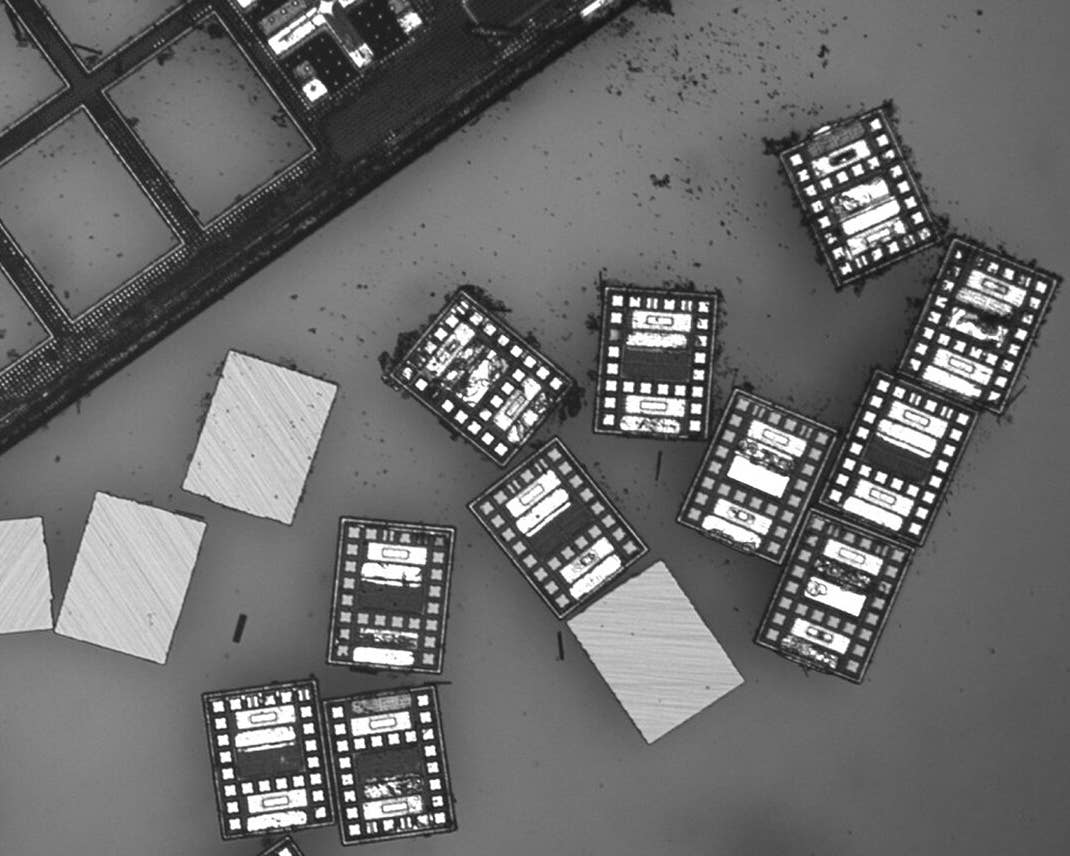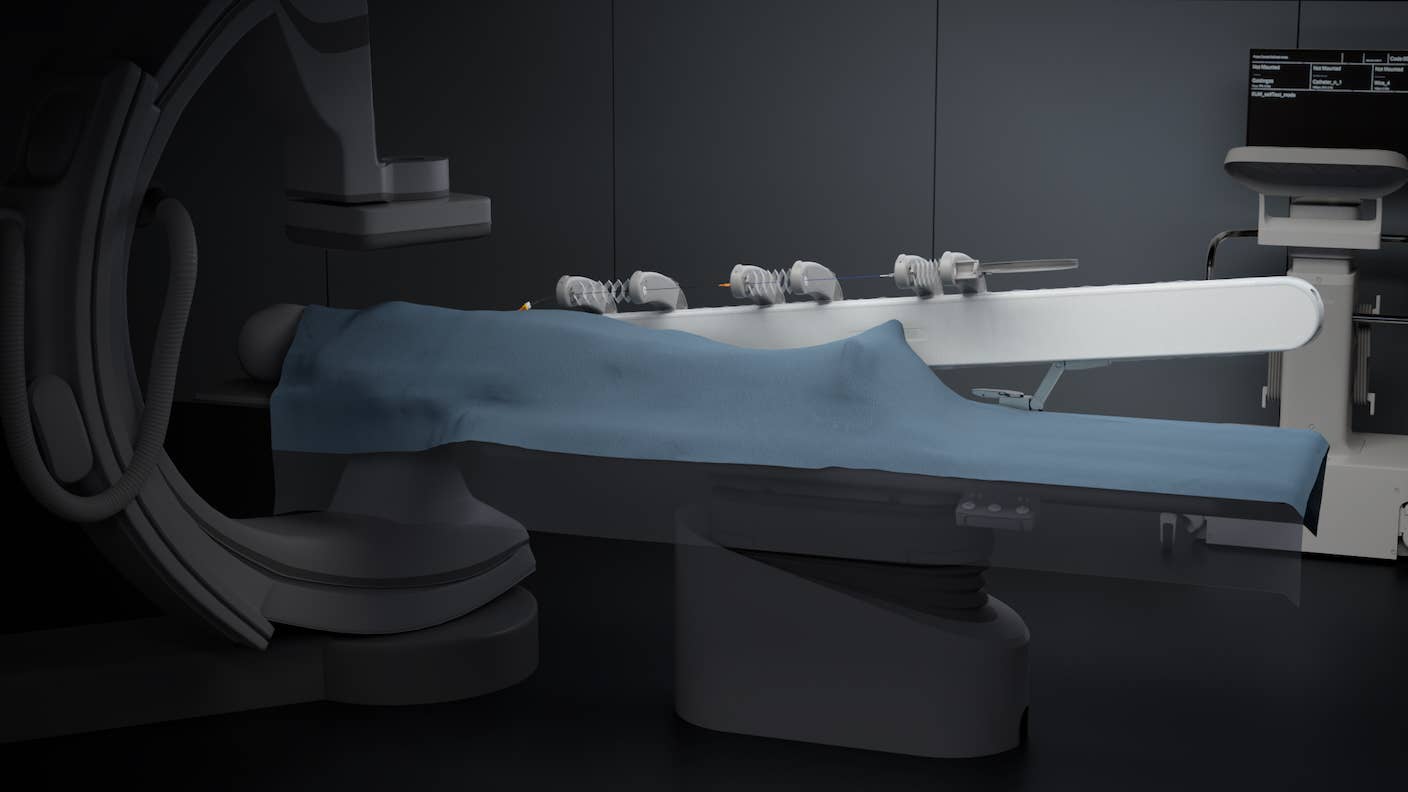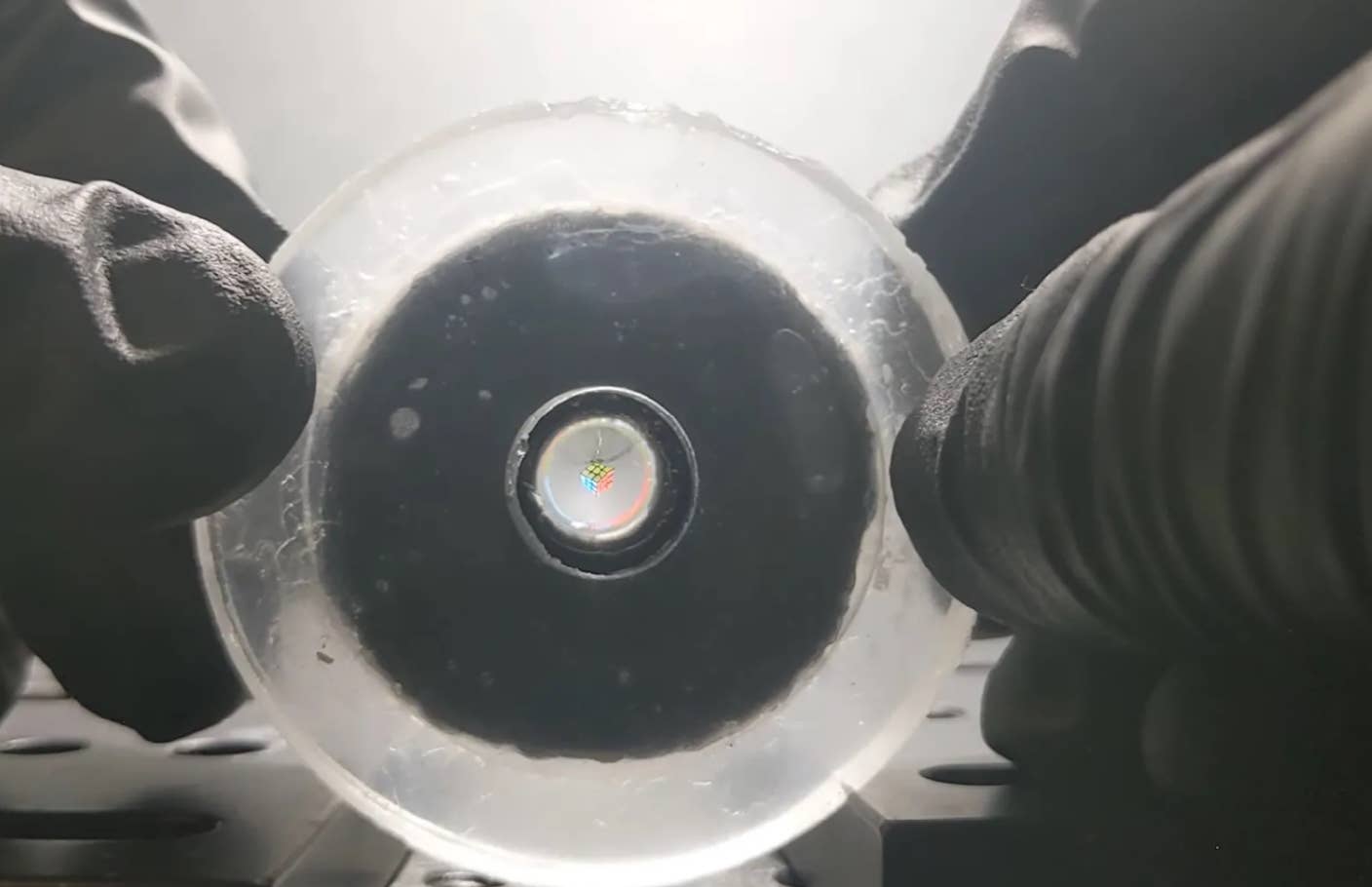MIT and the Constant Robotic Gardeners

Share
MIT continues to spin out awesome ideas and technology. Recently, Singularity Hub highlighted the creation of a new human interface. Now, MIT's Computer Science and Artificial Intelligence Laboratory (CSAIL) is pioneering the field of automated farming. During a semester long experiment, CSAIL's researchers created a laboratory farm: tomato plants in terra cotta pots with artificial turf for grass. The goal of the experiment: to see if these tomatoes could be grown, tended, and harvested by robot caretakers.
CSAIL's plan is to take advantage of swarm robotics: many copies of the same robot acting individually but also in concert to maximize effect. CSAIL's robots communicate with sensors embedded within the potted plants. Discussions between robots and sensors allow each plant to request additional water, and nutrients. Ripe tomatoes are identified and precisely removed from the plant.
The automated version of farming has been dubbed "precision agriculture" by CSAIL, and it is easy to see why. Each plant will receive only the resources it needs and each tomato is harvested as soon as it is ready. Watching the video below, it is striking how these robots can be both so awkward and so gentle at the same time. They waddle as they move, constantly readjusting their paths to reach their docking stations. Yet their foam lined pincers work carefully so that each cherry tomato can be plucked without bruising. It's like watching a new born lamb successfully perform brain surgery.
Be Part of the Future
Sign up to receive top stories about groundbreaking technologies and visionary thinkers from SingularityHub.


Equally striking as the robots' actions, are their appearance. These agrobots are the robotic equivalent of Frankenstein's monster: hobbled together from various other robots at CSAIL. The wireless communications between plant sensors and robots are handled by LCM (lightweight communications marshaller) — developed for DARPA's Grand Challenge Vehicle. The tomatoes are identified for harvest, and the pincers guided to the fruit, with the help of LabelMe object recognition software. The robotic base is a converted roomba from iRobot.
Yet maybe the Frankenstein comparison is too rash. While CSAIL's precision agriculture robots are a mash up of various other projects, they represent a real innovation: robots complex enough to care for life. The precise nature of their tending makes them highly efficient, and they alleviate the back-breaking labor of picking fruits by hand.
For all the real farmers out there, don't worry about the robot scabs taking your jobs. The CSAIL project is small scale: only four plants. CSAIL also didn't try to simulate the larger problems with farming: drought, flood, freezing storms, and parasites. As robotics moves into agriculture, it will have to address whether the large startup costs are worth the long term rewards. However, even if swarm robots never become farm hands, CSAIL's project still has amazing potential. The routines used to tend to tomatoes may one day be augmented so that they may tend to humans in comas, or even infants.
Just as importantly, CSAIL robots are like a compilations of best-hits. The precision agriculture team has demonstrated that MIT, and the robotic community at large, is developing a common vocabulary of robotic innovation. Each researcher can build off the work of others. The use of iRobot's roomba alone shows how much room there is for re-appropriating previous work into new projects. As CSAIL's tomato tending robots move around and squirt water from tiny tubes, I am reminded of the Diagnostic Repair Drones (DRD) from Farscape. With robotic innovators at CSAIL and elsewhere, we may find that similar scenes from science fiction are rapidly becoming scientific fact.
Related Articles

These Robots Are the Size of Single Cells and Cost Just a Penny Apiece

In Wild Experiment, Surgeon Uses Robot to Remove Blood Clot in Brain 4,000 Miles Away

A Squishy New Robotic ‘Eye’ Automatically Focuses Like Our Own
What we’re reading